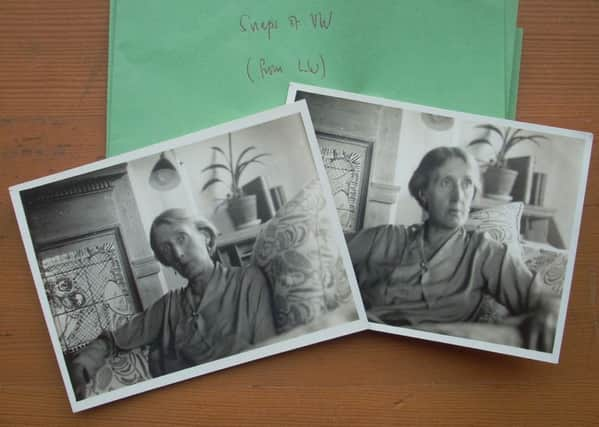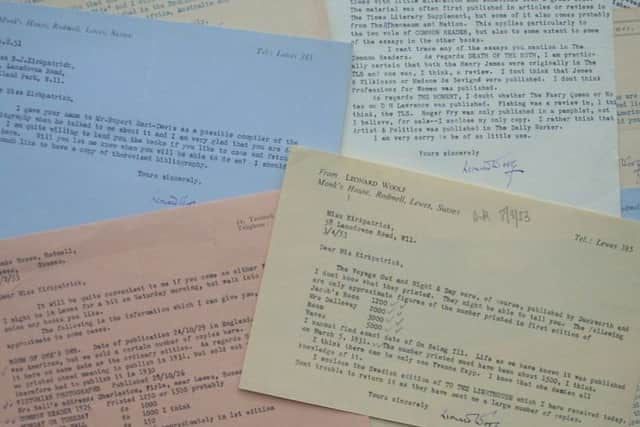Virginia Woolf letters acquired by St Andrews University


The archive of typed and handwritten letters includes two previously unseen photographs of Woolf collected by biographer Brownlee Kirkpatrick.
Kirkpatrick gained the confidence of Leonard Woolf, the writer’s husband, who recommended her to the publisher Rupert Hart-Davis as Woolf’s official bibliographer in 1951.
Advertisement
Hide AdAdvertisement
Hide AdWoolf, a leading figure in the Bloomsbury group of writers in the interwar years, is famed for her work including the novels “Mrs Dalloway”, “To The Lighthouse” and her essay “A Room of One’s Own”.


Woolf suffered severe bouts of depression and took her own life by walking into the River Ouse near her home in Lewes, Sussex, in 1941, aged 59.
The most important section of the archive is contained in Mr Woolf’s letters and the two photographs of his wife, given to Kirkpatrick as a possible frontispiece for her work.
Mr Woolf’s letters are wide-ranging and revealing, full of reminiscences about his late wife and their collaborations, including the Hogarth Press, which the couple began during the early years of their marriage and which published Virginia’s novels, TS Eliot’s modernist masterpiece “The Wasteland”, and the complete works of Sigmund Freud. Susan Sellers, professor of English at the university, who is co-editor of Cambridge University Press edition of Woolf’s writing, said: “The value of this acquisition cannot be overstated.
“This archive provides a wealth of information not only about Virginia Woolf the writer, but also offers fascinating glimpses into Virginia Woolf the woman through the letters of the people who were close to her.”
Professor Sellers added: “Various members of the so-called Bloomsbury circle are here, and it is fascinating to see history in the making as Virginia Woolf’s posthumous reputation begins to be recorded and manufactured.
“This archive will put St Andrews even more firmly on the map as a world-ranking centre for the study of literary modernism in general and Virginia Woolf as one of its great proponents in particular.”